Cross-country moving can be an overwhelming task, filled with the challenge of packing up every corner of your living space efficiently and effectively. This guide on how to pack an apartment is designed to simplify the process, offering instructions and expert packing tips for moving apartments to ensure that your belongings are securely packed, organized, and ready to make the journey to a new city.
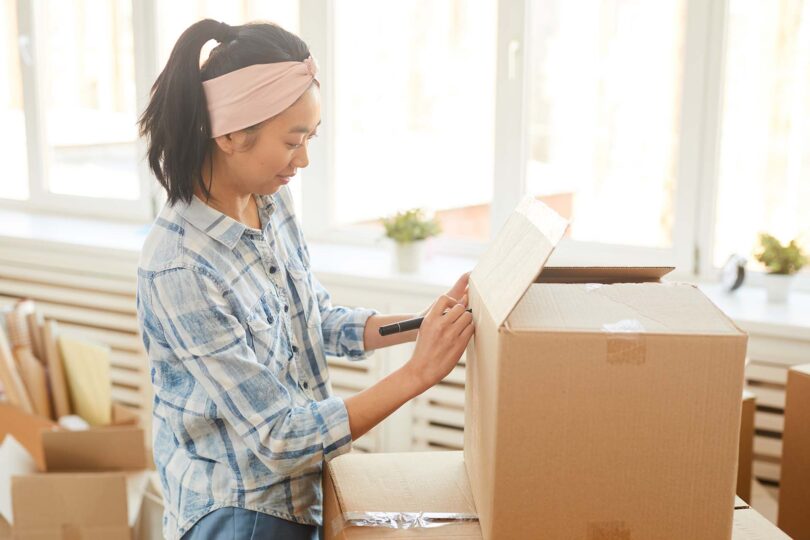

Packing an apartment efficiently requires a strategic approach, beginning with gathering high-quality supplies and employing room-by-room packaging strategies to ensure organization and safety of belongings.
Special consideration for fragile items, artwork, and electronic devices is crucial, as is preparing a first-night essentials box for the first day in the new home. Leveraging professional movers’ expertise can significantly ease the process, providing tailored solutions for packaging, inventory management for moving, and transporting unique items, ultimately making the move seamless and stress-free.
The initial step towards a successful relocation begins long before the first box is packed – it starts with meticulous planning. Establishing a solid foundation through careful preparation ensures that every aspect of the relocation process is smooth and manageable.
Planning the relocation involves understanding the scope of the task ahead, setting realistic goals, and creating a strategy that aligns with the timeline and available resources. This foundational phase is crucial, as it sets the tone for an organized and stress-free relocation experience, allowing you to anticipate challenges and address them proactively.
A well-structured timeline and relocation checklist are indispensable tools in the planning phase. They provide a clear roadmap of tasks to be completed, helping you to prioritize and allocate time efficiently for each step of the process. Starting with a room-by-room packaging plan, this approach ensures that no item is left behind and that the process progresses systematically.
Professional movers like Trico Long Distance Movers near me can play a pivotal role during this stage, offering their expertise to draft a comprehensive timeline and checklist tailored to your specific needs. Their experience in handling various relocation scenarios enables them to anticipate potential hurdles and suggest solutions, making the planning phase significantly more manageable.
One of the most challenging aspects of relocating is ensuring that all your belongings are accounted for, from the largest pieces of furniture to the smallest decorative items. Creating an inventory of items is a critical step in achieving this goal. This task involves listing every item you plan to relocate, categorizing them by room, and noting their condition.
This home inventory not only helps in organizing the relocation but also plays a vital role in case of any disputes with the long-distance moving company or insurance claims. Relocation experts can significantly simplify this process – with their assistance, you can have peace of mind knowing that every item is accounted for, paving the way for a smooth and efficient relocation process.
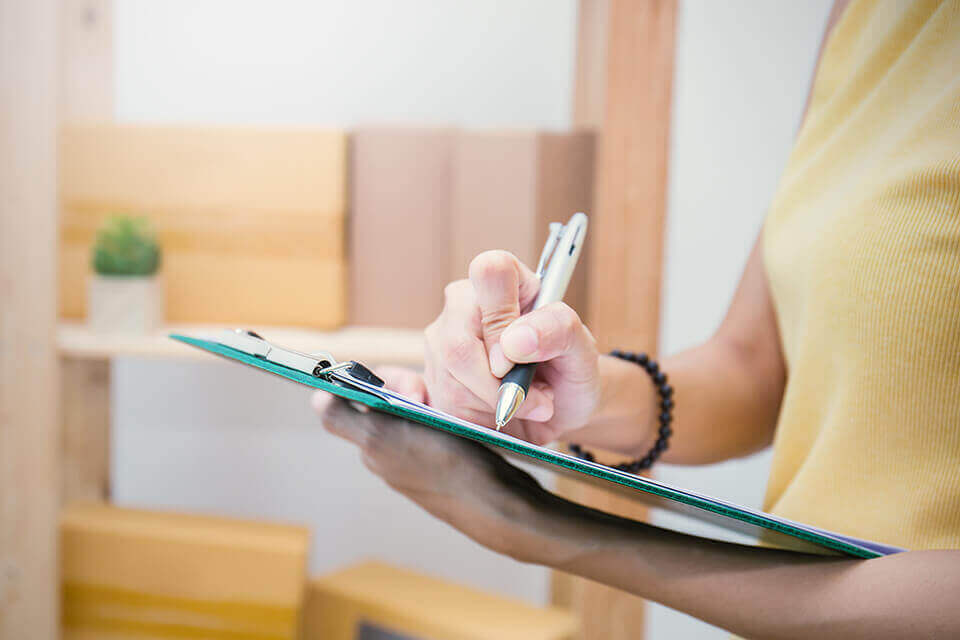
Securing the right packaging supplies is a critical step in preparing for the relocation. The quality and variety of materials you choose can have a significant impact on the safety and organization of your belongings during transit.
It’s not just about having enough relocation boxes – it’s about having the right types of boxes, protective materials, and tools to ensure that everything from fragile items to bulky furniture is properly secured. Knowing what supplies you need and where to find them can transform a potentially chaotic relocation experience into a streamlined process.
The cornerstone of a well-prepared relocation is a comprehensive packaging supply list. Essential items include:
Innovative packaging tools and equipment represent the cutting edge in making the relocation process more efficient and safeguarding belongings. Professional cross-country movers bring to the table a suite of specialized tools that go beyond the basic supplies, employing everything from advanced dollies and hand trucks designed for heavy lifting to furniture sliders that facilitate the smooth repositioning of bulky items without damaging floors.
These tools, along with protective mattress bags and secure straps, are essential for ensuring that every piece, whether large, awkwardly shaped, or particularly fragile, is transported safely and efficiently. Access to these professional-grade tools, coupled with the expertise of seasoned movers, can dramatically transform the packing phase from a daunting task into a streamlined operation, minimizing both the time spent packing and the risk of damage during the relocation.
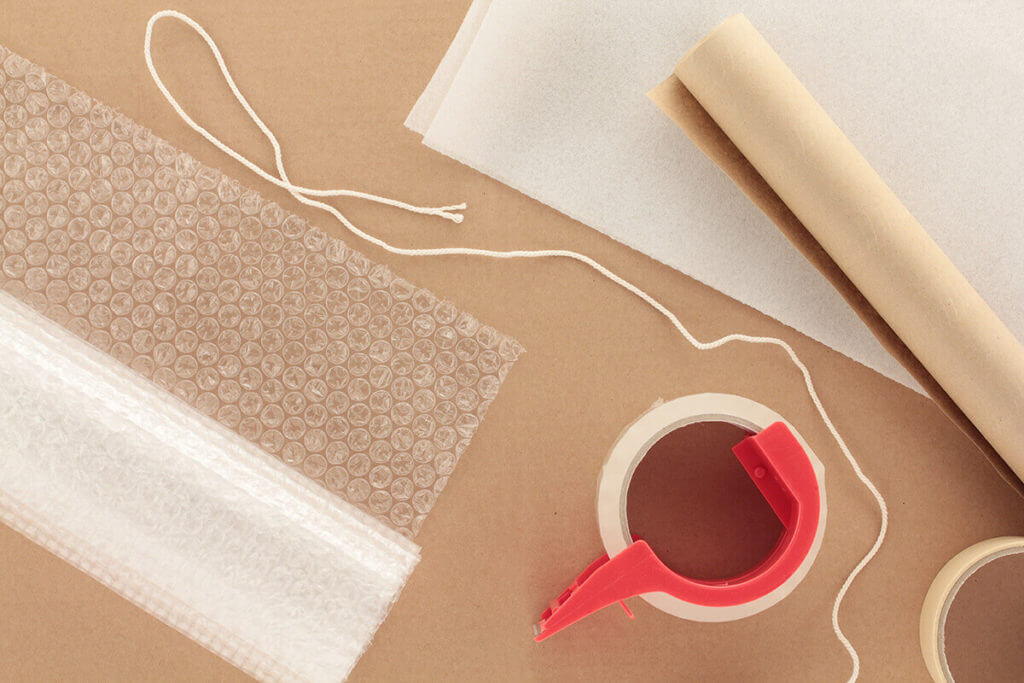
Packing a home for a move is best tackled one room at a time, employing specific strategies tailored to the contents of each room. This approach not only keeps the process organized but also ensures that items are packed in a manner that minimizes the risk of damage.
The kitchen, with its mix of delicate items and appliances, requires careful attention. Begin by wrapping fragile items like kitchen glasses and dishes in bubble wrap or packaging paper, and place them in sturdy boxes with ample cushioning. For appliances, ensure they are clean and dry, then wrap them in moving blankets or bubble wrap.
Using original boxes for appliances is ideal, but if they’re not available, choose boxes that fit closely and fill any gaps with packaging material. Professional movers often use specialized containers and secure packing methods to provide extra protection for kitchen items, leveraging their experience to handle belongings with the care they deserve.
Packing the living room involves dealing with a wide range of items, from bulky furniture to delicate electronics. Disassemble furniture where possible, wrapping pieces individually in protective coverings. Electronics require their own special care – use original packaging when available or wrap items in anti-static bubble wrap to prevent damage.
Decor items, especially fragile, should be carefully wrapped and boxed. Considering the complexity and value of many living room items, professional movers can be a valuable asset, offering the right materials and expertise to ensure everything arrives at the new home in pristine condition.
Bedrooms contain a mix of personal items, clothes, and bedding, each requiring a different packing approach. Clothes can be left on hangers and placed in wardrobe boxes or folded and placed in suitcases or boxes. Use vacuum seal bags for bedding to save space and protect against moisture.
Personal items should be packed last and unpacked first to reduce disruption to your daily routine. Professional movers can provide customized solutions for bedroom items, from wardrobe boxes for clothes to special techniques for ensuring the safety of personal belongings.
Packing the bathroom involves handling a variety of toiletries and potentially hazardous materials. Ensure all caps and lids are tightly secured, and use plastic wrap as an extra seal on bottles. Place toiletries in waterproof bags or containers to prevent leaks.
Be mindful of items that cannot be moved, such as certain chemicals or aerosols, and plan to dispose of them safely. Professional movers are well-versed in the regulations governing the transport of hazardous materials, ensuring that everything from toiletries to medicines is securely packed for the move.
When relocating, certain items require more attention due to their value, fragility, or unique care requirements. Understanding how to properly handle these items can make a significant difference in ensuring they reach their destination safely.
Artwork, antique pieces, and collectibles not only hold financial value but often sentimental value as well.
These items demand special and efficient packing techniques, such as custom crating, acid-free packaging materials, and climate-controlled transport options.
Professional packing services specialize in dealing with such valuables, offering tailored solutions that provide the utmost protection.
Movers’ expertise in handling and packing ensures that each piece is given the care it deserves, significantly reducing the risk of damage during the move.
For anyone with items of considerable value or fragility, investing in professional services can be a prudent decision.
Relocating plants and perishable items poses a unique challenge due to their sensitivity to temperature, light, and movement. For plants, it’s important to consider the climate they’ll be moving through and to prepare them for the transition by pruning, watering, and using appropriate containers.
For perishables, be mindful of the length of the relocation and use coolers or insulated boxes for transport. While many relocation companies do not transport perishables, they can offer valuable advice on how to best handle these items or suggest alternative solutions to ensure they reach the future home without spoiling.
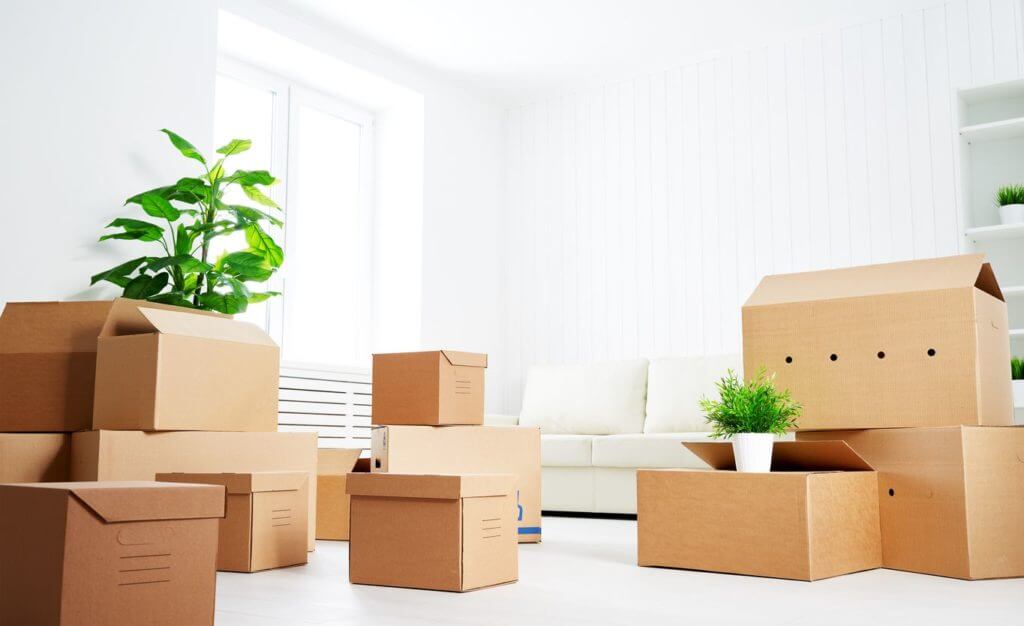
The final days before a relocation can be hectic, with last-minute tasks accumulating quickly. Proper preparation and a clear packing checklist for moving can mitigate this stress, ensuring a smooth transition.
Creating a detailed checklist for the days leading up to the relocation can significantly reduce last-minute panic. This should include confirming arrangements, boxing up the final items, setting aside essential items, and preparing the old home for departure. Professional movers can play a crucial role in alleviating stress during this period.
They can offer comprehensive long-distance moving services, ensuring that nothing is overlooked. Their expertise can be invaluable in transforming the final countdown into a structured and manageable process, allowing you to focus on the excitement of moving.
The first day in the new home can be chaotic without the right preparations. An essentials box, curated for the first 24 hours, can make all the difference. This box should include toiletries, basic kitchenware, a few changes of clothes, necessary medications, and chargers for electronic devices.
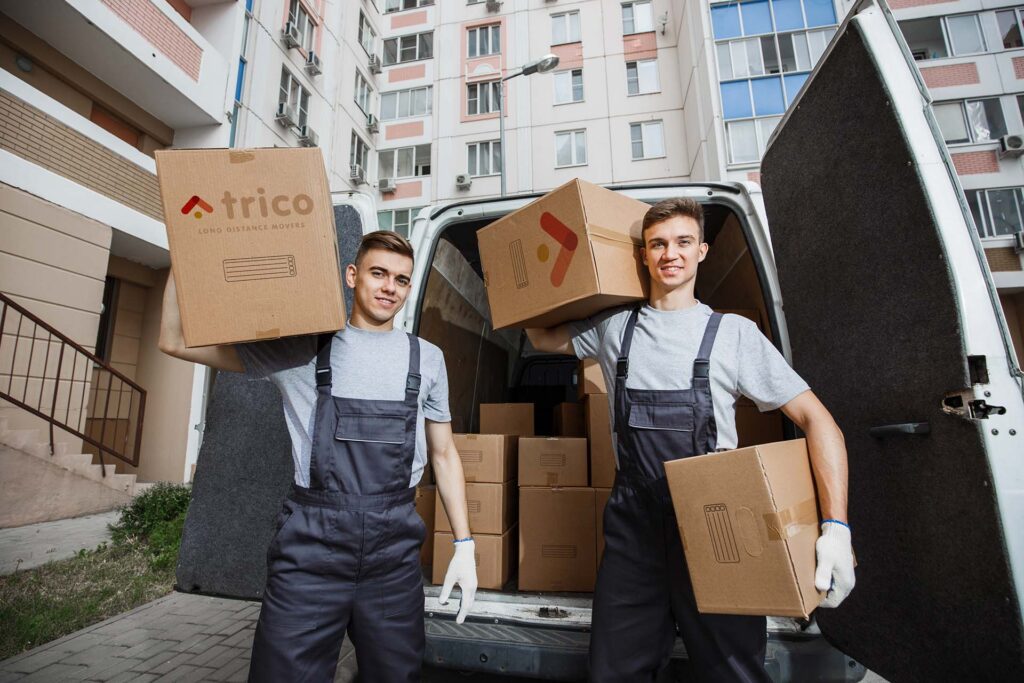
Packing an apartment for a move is an intricate process that demands meticulous planning, organization, and attention to detail. By breaking down the task into manageable steps and following our expert apartment moving tips, you can protect belongings and ensure a smooth transition. And remember – you can always avoid the stress and heavy lifting moving entails by hiring professional movers. Contact us today and allow Trico Long Distance Movers to take care of everything, while you focus on saying goodbye to friends.
Begin at least 4-6 weeks before the relocation date. Start with items you use less frequently, leaving essentials for the final days.
Wrap fragile items individually in bubble wrap or packaging paper, secure them with tape, and place them in sturdy boxes with cushioning material around them. Clearly label boxes as “Fragile.”
Yes, professional movers can assist with handling electronics and appliances, using specialized materials and techniques to ensure they are protected during the move.
Prepare an essentials box with items like toiletries, a change of clothes, basic kitchenware, medications, and chargers. Keep this box with you during the relocation.
Sell, donate, or recycle items you won’t take with you. This reduces clutter and can make the move easier.